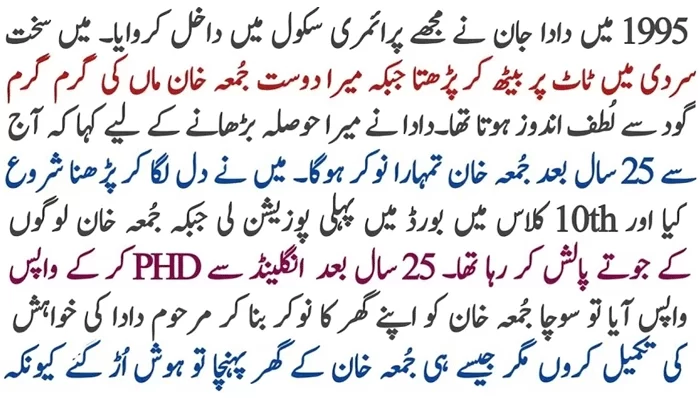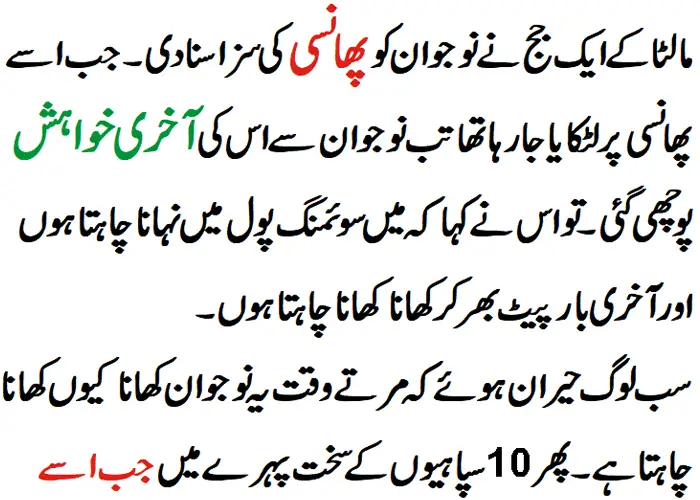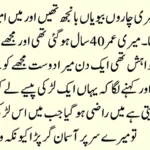Article Body:
Introduction to Skin Cancer and Its Importance
Skin cancer is the most common form of cancer globally, but early detection significantly increases the chances of successful treatment. Screenings are vital because they can identify skin changes before they become life-threatening, ensuring timely intervention.
Why Skin Cancer Screening is Crucial
Early detection of skin cancer can mean the difference between a simple procedure and more invasive treatments. Skin screenings help identify abnormalities, ensuring that any suspicious lesions are caught early before they spread.
Types of Skin Cancer
There are three main types of skin cancer:
- Basal Cell Carcinoma (BCC): The most common, often caused by long-term sun exposure.
- Squamous Cell Carcinoma (SCC): Often appears on sun-exposed areas like the face and hands.
- Melanoma: The deadliest form of skin cancer, but also the most likely to be cured if detected early.
Who Should Get Screened?
Certain individuals are at higher risk of developing skin cancer. High-risk individuals include those with a family history of skin cancer, fair skin, numerous moles, or those who have had severe sunburns.





When to Start Screening
It’s recommended to start screenings as early as your 20s or 30s, especially if you’re at high risk. Regular check-ups are important for everyone, particularly if you have frequent sun exposure or a history of tanning bed use.
What Happens During a Skin Cancer Screening?
During a screening, your dermatologist will perform a head-to-toe skin examination. They will look for any suspicious moles, lesions, or growths.
What to Bring to Your Appointment
Bring a list of any changes you’ve noticed in your skin, previous skin biopsies, or family history of skin cancer.
Understanding the ABCDEs of Melanoma
The ABCDE system is used to identify potentially cancerous moles:
- Asymmetry: One half of the mole doesn’t match the other.
- Border: Edges are irregular.
- Color: Varies across the mole.
- Diameter: Larger than a pencil eraser.
- Evolving: Changes over time.
Tools Used in Screening
A dermatoscope is commonly used to examine moles more closely, and if needed, a biopsy may be performed to determine if the lesion is cancerous.
What Happens If Something Suspicious Is Found?
If a suspicious mole or lesion is found, your dermatologist may perform a biopsy. The tissue is analyzed to determine if it’s cancerous. Treatment options range from topical creams to surgical removal, depending on the type and stage of cancer.
How Often Should You Get Screened?
Annual skin cancer screenings are recommended for most adults, particularly those with a history of skin cancer or excessive sun exposure.
Preventing Skin Cancer
Sun protection is key. Apply sunscreen daily, wear protective clothing, and avoid tanning beds to reduce your risk.
Post-Screening Care
After your screening, monitor your skin for any changes and follow up with your dermatologist as needed.
FAQs on Skin Cancer Screening
- How long does a skin cancer screening take?
Usually about 15-30 minutes. - Can skin cancer screenings detect other skin conditions?
Yes, dermatologists often identify other skin issues during screenings. - Does a biopsy hurt?
A biopsy can cause slight discomfort, but it’s usually quick and well-tolerated. - How do I know if a mole is dangerous?
Use the ABCDE rule and consult your dermatologist if you notice any changes. - Can sunscreen completely prevent skin cancer?
While it significantly reduces your risk, it’s not foolproof. Regular screenings are still essential.









